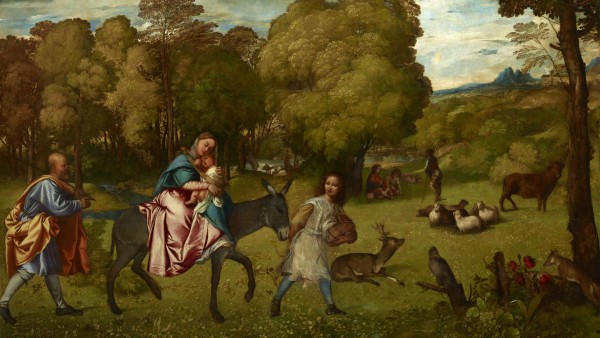


Jordan and Peter Cherry have put it, these early works ‘clearly reveal the extent to which Velázquez used the bodegón as a vehicle for experiment, as a challenge to his creative imagination ( ingenio) and his mimetic powers as a painter’. A well-known example is El aguador de Sevilla ( Figure 1), where the abundance of water and the motif of a fig inside the glass have been interpreted as witty puns on the family names of Juan de Fonseca y Figueroa, an important art collector and connoisseur, member of Pacheco’s group and early supporter of Velázquez at court. 4 Lastly, some of these paintings disclose how the art of this period is deeply interconnected with the cultivation and celebration of wit through language, as manifested by the predilection for visual puns, wordplay and other forms of conceit in the circle of Velázquez’s master Francisco Pacheco. 3 Researchers have also highlighted the attentive and subtle exploration of materials, textures and light effects that these works display -an early manifestation of Velázquez’s technical dexterity and discernment. In the case of the genre paintings created during his early career in Seville, for instance, much attention has been paid to Velázquez’s astute appropriation of Northern European prototypes for compositional and narrative purposes -a strategy to which he would return later in his work. Scholars have long wondered and argued about the decidedly ingenious nature of Velázquez’s endeavours as an artist and a figure of his time. In doing so, this article revisits well-known materials in the scholarship on the artist, while also drawing attention to lesser-studied sources and perspectives. 2 Focusing on Velázquez as a case study, the aim of this article is to explore in greater detail how, and for what purposes, this rhetoric of ingenio was deployed. While numerous allusions to the artist’s ingenio appear to be merely formulaic, other instances, like the well-known verses in Francisco de Quevedo’s poem El pincel quoted above, have attracted extensive attention for the way they capture aspects of the early modern understanding and reception of Velázquez’s art. The case of the painter Diego Velázquez (1599–1660) illustrates this rhetoric of praise and appreciation well. A fixture of the language through which these references are articulated is the family of terms and expressions centred around the Spanish word ingenio: ingenioso, agudo de ingenio, natural ingenio and ingenio peregrino among others. 1Written accounts on the arts in the early modern Spanish context are filled with passages that address, and celebrate, instances of individual talent and exceptionality. Y, así, el muchacho que con la pluma supiere dibujar un caballo muy bien sacado, y un hombre con buena figura, y hiciere unos buenos lazos y rasgos, no hay que ponerle en ningún género de letras, sino con un buen pintor que le facilite su naturaleza con el arte.


 0 kommentar(er)
0 kommentar(er)
